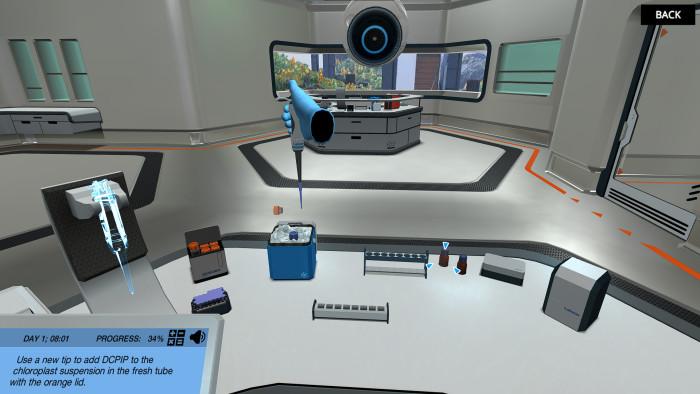
Photosynthesis has been one of the most talked about topics in the life of biologists, specifically people who are fascinated by the plant world! It is remarkable in the sense that only organisms like plants, algae, and some bacteria that photosynthesize can directly harvest the sunlight; a form of energy that is abundant, non-exhaustible, and everlasting as long as the Earth will!
Then what’s the issue in learning it? So, here comes the idea that perturbs many students and also educators who have to simplify the complex science of photosynthesis. There is a number of molecular interactions, specialized structures, and the amalgam of physics, chemistry, and biology that together makes the topic quite complex and difficult to assimilate.
For this reason, we have compiled 5 creative ways that educators can employ to answer all photosynthesis-related doubts and queries to their students.
Educators can enhance students’ understanding of photosynthesis by providing a dynamic learning space via the medium of models and simulations. As simulations use interactive visualizations, students can gain a better understanding of complex concepts like the range of photosynthetic pigments, the efficiency of different light spectrums (e.g., green light, blue light) in the photosynthetic process, and the measurements of the Hill reaction.
You can utilize the Photosynthesis Simulation offered by Labster to facilitate easy comprehension of the electron transport chain (ETC). Students can engage in this lively simulated environment by clicking on the different components of ETC. They can also trace the movement of electrons, protons, and photons in the photosynthetic system. This will hugely help them in remembering the key steps of photosynthesis as they move forward.

Through the tools of engaging games and activities, you can foster an enjoyable learning experience for your students as you talk in detail about different aspects of photosynthesis. You can design games involving photosynthesis pigment analysis.

By harnessing the power of technological interventions, educators can provide a personalized learning experience for all students in the class.
By quoting the prospective career opportunities that require one to be thorough with the concepts and ideas of photosynthesis, educators can inspire students to effectively imbibe lessons in class. The future careers in STEM fields, whether it’s sustainable energy, biofuel production, improvements in agriculture, etc; everything is closely tied to photosynthesis research and its applications. And this deserves its due mention in the next class.
There is a huge diversity in the impactful career prospects that are connected to the topic of photosynthesis. Some of them worth discussing are:
As we prepare the next generation of biological scientists and researchers, we must discuss the underpinning importance of photosynthesis to them. Educators can do this by specifically quoting the real-world scenarios where this topic finds potential usage and application like in addressing global challenges (energy, food security, environmental conservation, and human health). Such connections will help your students to see the relevance and importance of photosynthesis beyond the confines of the classroom and make the learning outcomes more evident.
Teaching photosynthesis with modern tools is the need of the hour. To prepare our students for the demands of the advanced world and the pressing global challenges waiting ahead of us, we must instill a sense of passionate learning when we teach. Labster supports you in this endeavor with its simulation-based teaching tools that can revolutionize your lecture delivery!

Try our free 30-day All Access Educator's Pass today and teach with the Photosynthesis simulations alongside 300+ other virtual labs!
References

Labster helps universities and high schools enhance student success in STEM.
Request DemoRequest a demo to discover how Labster helps high schools and universities enhance student success.
Request Demo